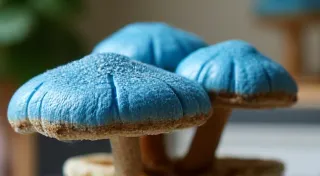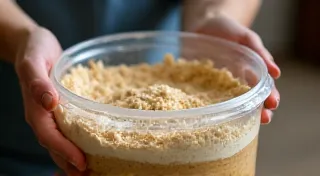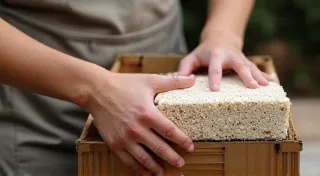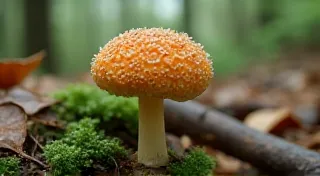Creating a Mushroom Grow Room: Environmental Control
Growing exotic and gourmet mushrooms at home is a rewarding endeavor, but achieving success heavily relies on meticulously controlling the environment. Unlike standard button mushrooms, these uncommon varieties often have very specific requirements for temperature, humidity, light, and ventilation. This article dives into each of these factors and provides guidance on creating a suitable grow room for your fungal cultivation projects. Understanding the nuances of home mycology can feel overwhelming at first; a deeper exploration of building resilient mycelial cultures is covered in The Mycelial Bloom: Cultivating Resilience Through Home Mycology.
Temperature: The Foundation of Growth
Temperature is arguably the most crucial factor. Different mushroom varieties thrive within different temperature ranges. Researching your specific mushroom’s ideal temperature is paramount. For example, Lion’s Mane often prefers cooler temperatures (55-75°F / 13-24°C), while certain Oyster varieties can tolerate slightly warmer conditions. Consider how the specific needs of your chosen variety impact your overall strategy, as with the techniques for flavorful Shiitake harvests discussed in Shiitake Mushroom Growing: Techniques for Flavorful Harvests.
Maintaining Stability: Fluctuations in temperature can stress the mycelium, hindering growth or even causing contamination. Aim for consistency. A small, insulated space is easier to manage than a large, drafty area. Consider using heaters, coolers, or even passive heating/cooling strategies (like burying water jugs to regulate temperature) to maintain stability. Building a stable environment is the key to success, so pay close attention to those needs.
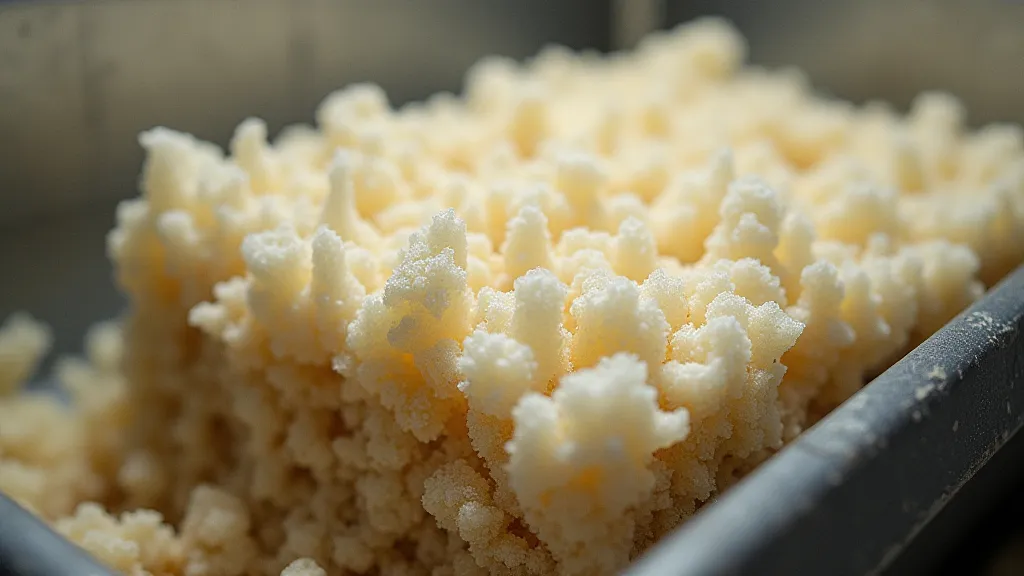
Humidity: The Moisture Factor
Mushrooms are largely water, and humidity plays a vital role. High humidity (typically 80-95%) is essential for fruiting. However, it’s not just about the percentage; the consistency of humidity is key. Maintaining appropriate levels is crucial throughout the entire process, from colonization to harvest.
Achieving and Maintaining Humidity: Humidifiers are a common solution for adding moisture to a grow room. Misting can provide temporary humidity spikes but isn't a reliable long-term solution. A fogger can offer more consistent humidification. Regularly monitor humidity levels using a hygrometer. Understanding the different varieties available and their unique needs can also influence your humidity control strategies, especially when you are venturing beyond the basics with varieties like Oyster mushrooms.
Condensation Management: Excessive condensation can lead to bacterial and fungal contamination. Adequate ventilation (see below) is crucial to prevent condensation build-up. Consistent monitoring is key to preventing issues.
Light: Less is Often More
Contrary to popular belief, mushrooms don’t need a lot of light. Most exotic varieties actually prefer darkness or very low light levels during the colonization phase. During fruiting, a small amount of indirect light (equivalent to the light found in a shaded forest floor) is generally sufficient. Consider the different species you are growing and tailor your strategy accordingly. Many varieties can be a challenge and the Oyster Mushroom Varieties: Beyond the Basics article explores a number of them.
Light Source: If you need to supplement lighting, use LED grow lights – they are energy-efficient and produce minimal heat. Avoid direct sunlight, which can overheat and dry out the growing medium. A simple timer can regulate light exposure. Remember that light needs differ significantly depending on the type of mushroom you’re growing.
Ventilation: The Breath of Fresh Air
Ventilation serves multiple purposes: replenishing CO2, removing excess moisture, and preventing the build-up of stagnant air. Without proper ventilation, mushrooms can become elongated and deformed ("pinhead deformation"). The exchange of air in your grow room is critically important to overall performance.
Air Exchange: A small exhaust fan connected to a timer is a simple and effective ventilation system. The number of air exchanges per hour depends on the size of your grow room and the density of your mushroom crops – generally, 1-3 air exchanges per hour is a good starting point. Consider how this impacts your humidity as well – more air exchange tends to dry things out.
Filtration: The exhaust air should be filtered to prevent contamination from airborne spores. A simple pre-filter can remove larger particles, while a HEPA filter provides a higher level of protection. A clean environment is essential for preventing contamination, especially for less common varieties.
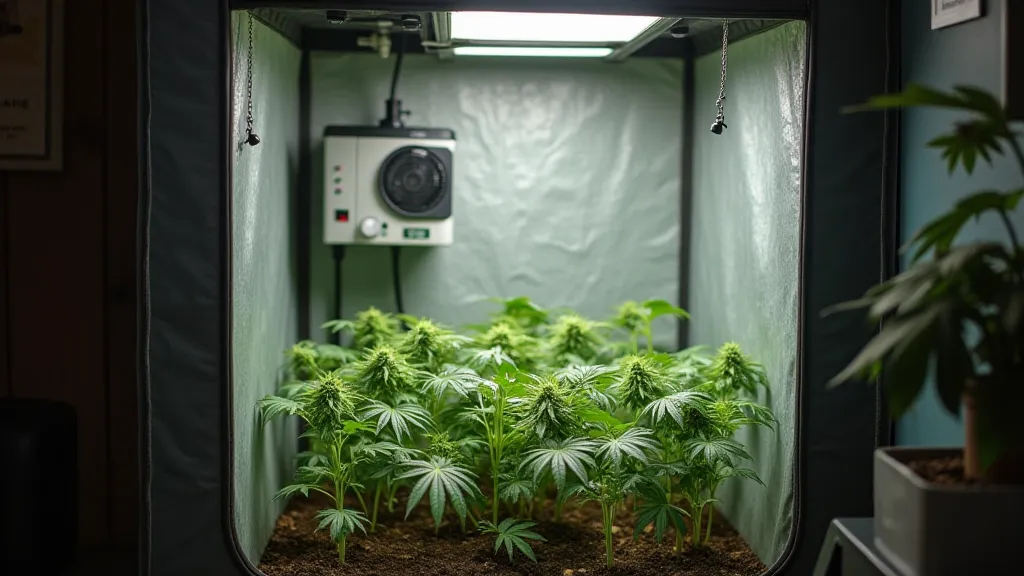
Advanced Considerations for Mushroom Grow Room Control
Beyond the basics of temperature, humidity, light, and ventilation, several advanced factors can significantly impact your mushroom growing success. These include substrate management, contamination prevention strategies, and understanding the specific physiological needs of different mushroom species.
Substrate Management
The substrate you use – the material on which the mushrooms grow – plays a critical role in their health and productivity. Different mushroom species thrive on different substrates, which can range from wood chips and straw to coffee grounds and sawdust. Ensure proper sterilization of your substrate to eliminate competing organisms and provide a clean environment for the mycelium to colonize.
Contamination Prevention
Maintaining a sterile environment is paramount. Contamination can quickly derail your efforts and lead to crop failure. Regularly sanitize your grow room, tools, and hands. Consider using a laminar flow hood for even greater sterility during inoculation and substrate preparation. Early detection and eradication of contaminants are key to preventing widespread problems.
Species-Specific Requirements
While the general principles outlined in this article apply to most exotic mushrooms, each species has unique requirements that must be considered. Some varieties prefer warmer temperatures, while others thrive in cooler conditions. Some require high humidity, while others can tolerate drier environments. Thorough research of your chosen species is essential for maximizing yields and producing high-quality mushrooms.
The Importance of Observation
Creating a successful mushroom grow room is not a one-time effort. Consistent monitoring and adjustment are essential. Regularly check temperature, humidity, and ventilation, and make adjustments as needed based on your mushroom’s specific needs and your observations. Pay attention to the appearance and growth patterns of your mushrooms – any abnormalities may indicate an underlying problem that needs to be addressed.
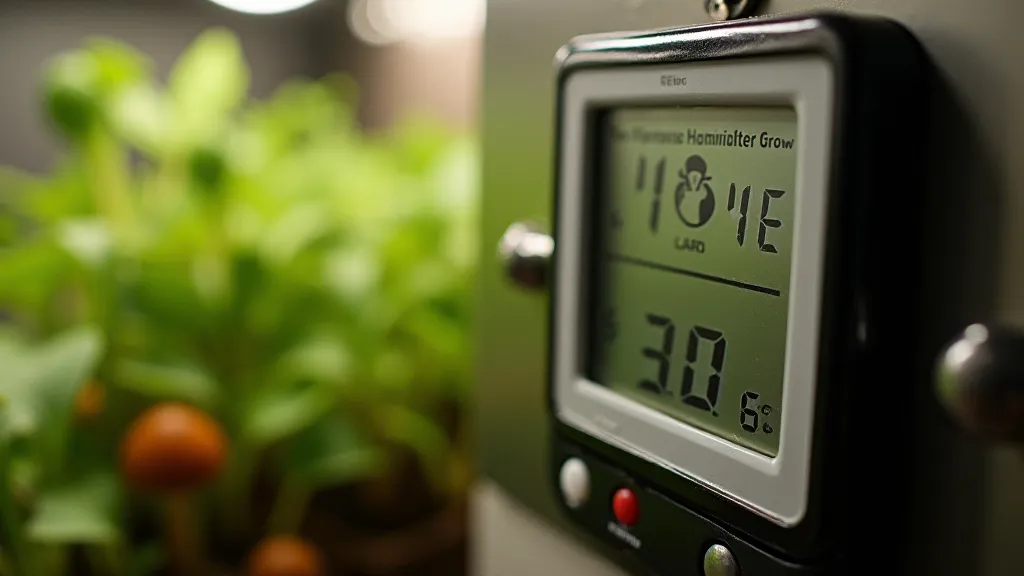
Troubleshooting Common Grow Room Challenges
Even with careful planning and execution, challenges can arise in any mushroom grow room. Here are some common issues and potential solutions:
- Pinhead Deformation: Often caused by insufficient ventilation or inconsistent CO2 levels. Increase ventilation and ensure adequate air exchange.
- Slow Colonization: Could be due to low temperatures, contaminated substrate, or improper inoculation techniques. Review your setup and ensure optimal conditions.
- Green Mold Contamination: Indicates a bacterial infection. Discard contaminated substrate and thoroughly sanitize your grow room.
- Dry Mushrooms: Increase humidity levels and consider using a humidifier or fogger.
Keeping Records for Continuous Improvement
Keeping Records: Consider keeping a log of environmental conditions and your mushrooms' progress. This will help you identify patterns and fine-tune your setup for optimal results. Detailed records are invaluable for troubleshooting problems and replicating successful outcomes.
This article serves as a foundation. Successful mushroom cultivation requires a commitment to ongoing learning, experimentation, and adaptation. With careful attention to detail and a willingness to learn from your experiences, you can create a thriving mushroom grow room and enjoy the rewards of home mycology.

